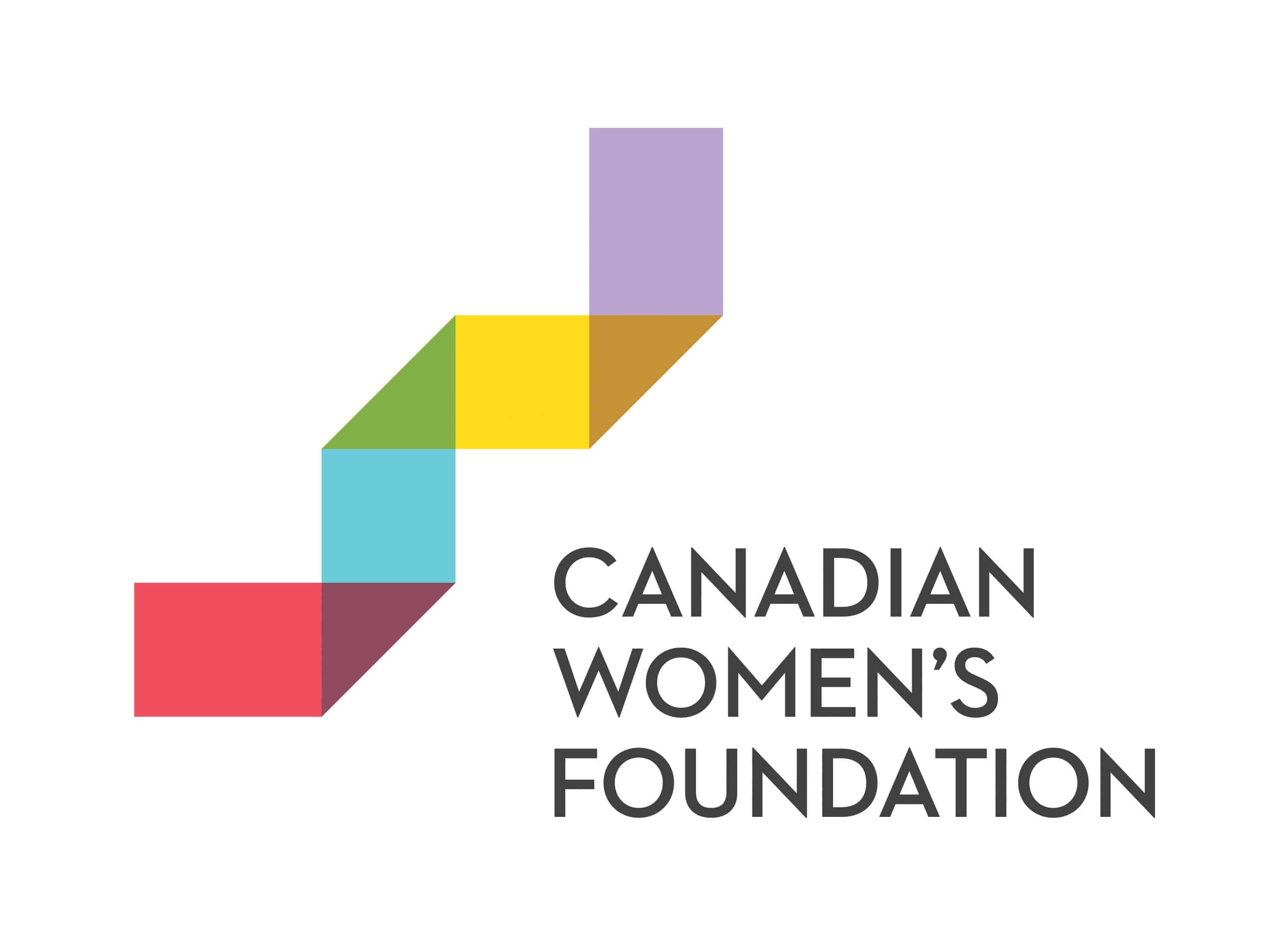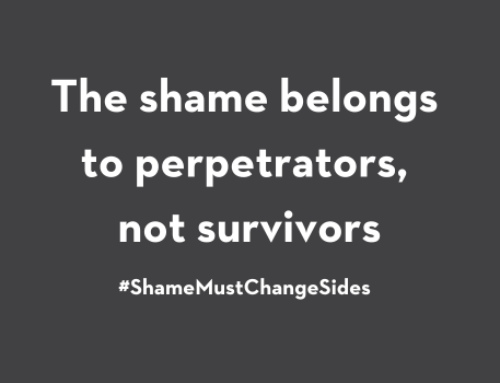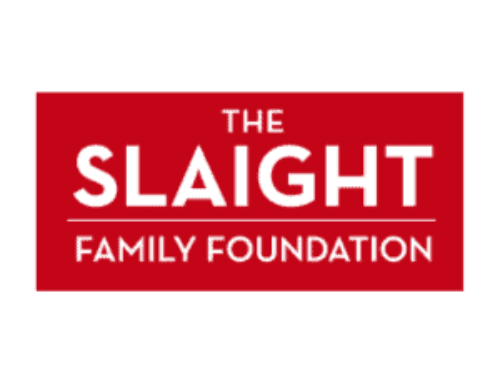
She’s responding to the sobering findings of a new Canadian Women’s Foundation study that indicate 79 per cent of Canadians believe Gen Z women (those born after 1999) will be just as likely or even more likely to feel unsafe because of their gender.
The study asked participants whether they expect the next generation of women to experience various forms of violence: sexual assault, online harassment, physical violence from a partner, as well as sexual harassment in public or at work. In all of the categories, the majority said violence against women will either persist or get worse.
What can we do to prevent this perception from becoming reality?
One of the keys to protecting and advancing gender equality for the next generation is funding programs that teach teens about healthy relationships.
We know the teen years are an ideal time to teach violence prevention: This is because patterns of abuse are often learned early, and also because young people are already highly focused on relationships and often yearn for opportunities to discuss them.
We know these programs work: 90 per cent of teens who participated in teen healthy relationship programs funded by the Foundation said they learned to recognize the signs of an abusive relationship. Sixty per cent said they experienced long-term benefits, including a better understanding of how to create a healthy relationship and leave one that isn’t.
Here are 4 ways Teen Healthy Relationship programs help to prevent violence against women:
1. They teach Relationships 101:
Teen Healthy Relationship programs bring boys and girls together to learn skills that aren’t taught in math or history. Participants learn how to communicate assertively, set boundaries, resolve conflicts, and practise empathy. Depending on the program, facilitators may also help students understand the importance of consent.
“There could be all kinds of consequences for not understanding how consent really works,” said Shequita Thompson, Youth Program Coordinator for the ReAct: Respect in Action Program, in a story about teen healthy relationships programs.
2. They engage students, rather than lecture them:
Instead of just talking about relationship skills, participants practise them through role-playing scenarios, creative projects, and by connecting what they’re learning to what they’re seeing in pop culture and on social media.
“It’s the participation that really sticks with you,” said Gabriel MacDonald, a student who participated in the Making Waves program in Nova Scotia.
3. They challenge gender stereotypes:
Students learn to identify and question the stereotypical gender roles that are at the root of the power imbalance that leads to relationship violence. Programs help boys and girls recognize that “gender policing” their peers can lead to bullying and abuse.
“We didn’t only talk about gender stereotypes for women; we also talked about hypermasculinity and how it’s traditionally not OK for boys to show emotion,” said Shaneen Cotterell in a story about her experience in the ReAct: Respect in Action program.
4. They let teens lead the way:
Since students tend to listen to their peers over adults, some programs train older students as peer facilitators who help lead the workshops. This has the added benefit of instilling leadership skills.
“These programs need to be available to everyone,” said Ben Lord in a story about his experience in the Making Waves program. After attending in Grade 9, he went on to become a facilitator. “I want future generations to grow up in a different world,” he said.
Learn more:
- Healthy Relationships Start Young: How SERC Helps Newcomer Youth Develop Lifelong Healthy Relationships
- How to Talk to Your Teens About Healthy Relationships
- Mixed messages: Ableism in Dating
Take Action:
- Spread the word about the Campaign to End Violence
- Sign up for our e-newsletter to have our latest stories and resources sent to your inbox.
- Read the results from our April 2017 omnibus poll of Canadians.







